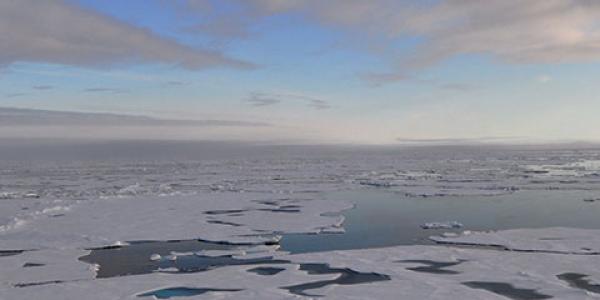
The latest GOES satellite is designed to support our weather forecasting, magnetic field understanding, and space knowledge. NOAA’s GOES-T, the third of four advanced satellites, blasted into orbit on March 1, 2022, from Cape Canaveral, FL. Observations from its instruments will become operational in 2023.
The satellite joins a series of Geostationary Operational Environmental Satellites (GOES) monitoring from 22,236 miles above Earth’s equator at the same speed as the planet’s orbit. In orbit, it became known as GOES-18 to join the series. The position of the satellite remains over the same area, which is ideal for watching weather systems and hazards that most affect the Western Hemisphere. GOES observes more than half the globe—from the west coast of Africa to New Zealand. The new satellite will be responsible for covering the western contiguous United States, Alaska, Hawaii, Mexico, Central America, and many other locations. It will detect and monitor:
- Weather systems originating in the northeastern Pacific Ocean
- Wildfires and their intensity
- Tropical cyclone tracks and intensity
- Sea surface temperatures
- Low clouds, fog, smoke, and dust
- And much more
NCEI is a repository of raw and processed GOES data and images. The instrument suite onboard GOES-18 will continue the current suite of GOES products. Data from GOES-18 will include near-real-time information before, during, and after events. GOES-18 will be assigned to the GOES West operational position over the Pacific Ocean in early 2023, replacing GOES-17, which will become a spare. The fourth satellite in the GOES-R series, GOES-U, is scheduled for launch in April 2024.
Magnetic Field Observations by GOES-18
Along with weather information, the satellite also sends back magnetic field measurements. They provide information on the general level of geomagnetic activity and permit detection of sudden magnetic storms. The data will help the NOAA Space Weather Prediction Center (SWPC) better forecast elevated levels of risk from space weather events.
Another observational tool, called Space Environment In-Situ Suite (SEISS), monitors proton, electron, and heavy-ion fluxes in the magnetosphere. Not only can these instruments allow the SWPC to issue timely space weather alerts, watches, and warnings, but SEISS can help in aurora forecasting.
GOES-18 Data Access
Level 1 and Level 2+ GOES products will be archived in the Comprehensive Large Array-Data Stewardship System (CLASS). New GOES data will be accessible through the NOAA Open Data Dissemination Program (NODD) cloud platforms in near-real time. Wide availability of the data to the public is targeted for early 2023. See a complete list of NODD datasets.



